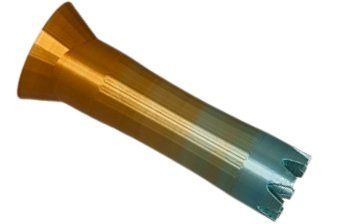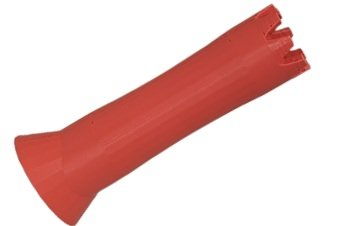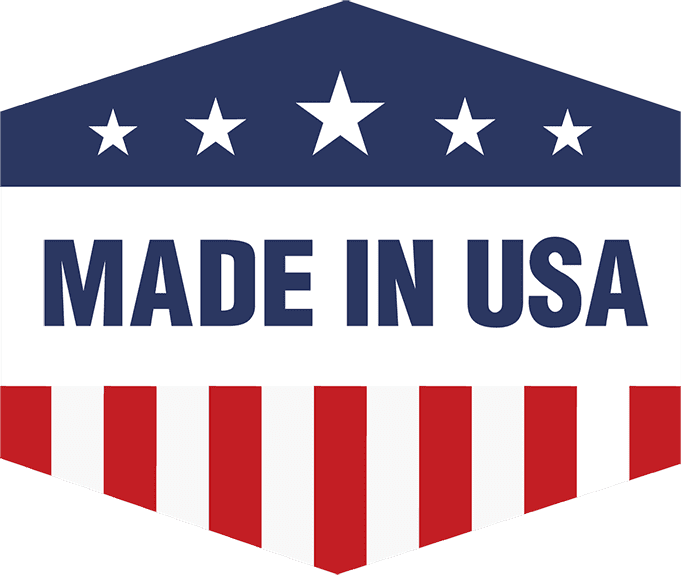The Rook
Designed, Produced, and Distributed locally out of Farmingdale, NY; The Rook is the next evolution in smoking technology. Unlike similar products, The Rook doesn’t just eliminate SMOKE, but SMELL AS WELL!!! Utilizing a combination of scented material, biodegradable PLA plastic, and our patent-pending 3D-printed honeycomb-filter technology, The Rook puts your smoke in CHECK! Simply smoke as you would normally, exhale through The Rook’s mouthpiece, and THE ROOK TAKES CARE OF THE REST! That’s it! NOW MORE SMOKE! But most importantly…NO MORE SMELL!!!
Designed, Produced, and Distributed locally out of Farmingdale, NY; The Rook is the next evolution in smoking technology. Unlike similar products, The Rook doesn’t just eliminate SMOKE, but SMELL AS WELL!!! Utilizing a combination of scented material, biodegradable PLA plastic, and our patent-pending 3D-printed honeycomb-filter technology, The Rook puts your smoke in CHECK! Simply smoke as you would normally, exhale through The Rook’s mouthpiece, and THE ROOK TAKES CARE OF THE REST! That’s it! NOW MORE SMOKE! But most importantly…NO MORE SMELL!!!
Designed, Produced, and Distributed locally out of Farmingdale, NY; The Rook is the next evolution in smoking technology. Unlike similar products, The Rook doesn’t just eliminate SMOKE, but SMELL AS WELL!!! Utilizing a combination of scented material, biodegradable PLA plastic, and our patent-pending 3D-printed honeycomb-filter technology, The Rook puts your smoke in CHECK! Simply smoke as you would normally, exhale through The Rook’s mouthpiece, and THE ROOK TAKES CARE OF THE REST! That’s it! NOW MORE SMOKE! But most importantly…NO MORE SMELL!!!
What is “PLA Plastic,” and how is it organic based/biodegradable?
PLA, Poly(lactic acid), is a biodegradable polymer driving the replacement of various petroleum (and other fossil fuel) based plastics/polymers in several fields, the number of which growing yearly. PLA is a Bio-based aliphatic polyester* that is made from various plant starches. These starches come from various organic sources, typically potatoes, sugar beet pulp, sugarcane, corn sugar, and/or cassava. Highly compostable, many feel that large scale replacement of consumer plastics with PLA may be both beneficial to the environment and US farmers as well. With 5-10% of all Corn in the US is estimated to go to waste in SILOS alone, and some estimating even more, selling excess corn for PLA production is a better alternative for farmers of our nation’s #1 crop rather than allowing a sizeable portion of their yield to go to waste.
*Aliphatic polyesters are biodegradable polymers used in biomedical and pharmaceutical engineering. It may be helpful to introduce a few foundational terms to clarify the chemical makeup of aliphatic polymers:
Polymers are relatively large molecules containing repeating subunits. For reference, proteins are polymers that consist of repeating amino acid subunits.
Aliphatic molecules exist as a long chain rather than an aromatic ring
Polyester molecules consist of multiple repeating ester groups
An ester group comprises a carbon atom that is double-bound to an oxygen atom, single-bound to a carbon atom, and single-bound to an oxygen atom that is also single bound to another carbon atom
Therefore, an aliphatic polyester is a long-chain polymer that consists of repeating ester groups. It is considered a biodegradable molecule because bacteria and other living organisms can decompose its structure. This trait makes aliphatic polyesters significantly more environmentally friendly than traditional polyesters.
See the full article the definition above comes from by clicking me














